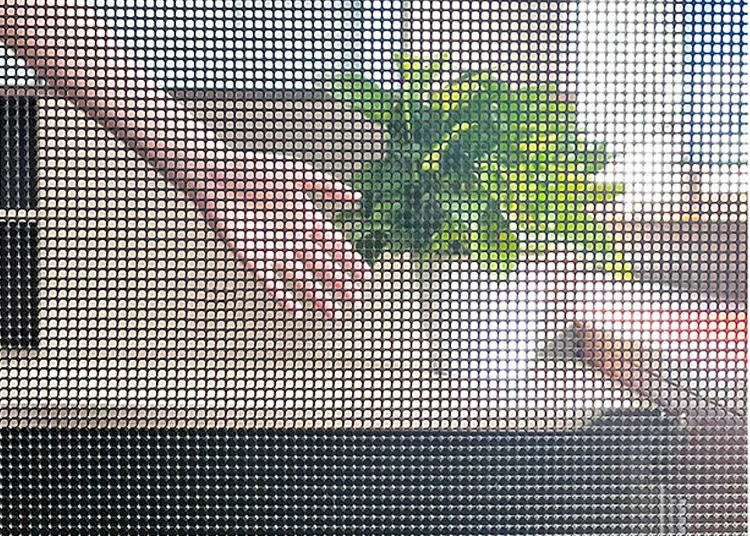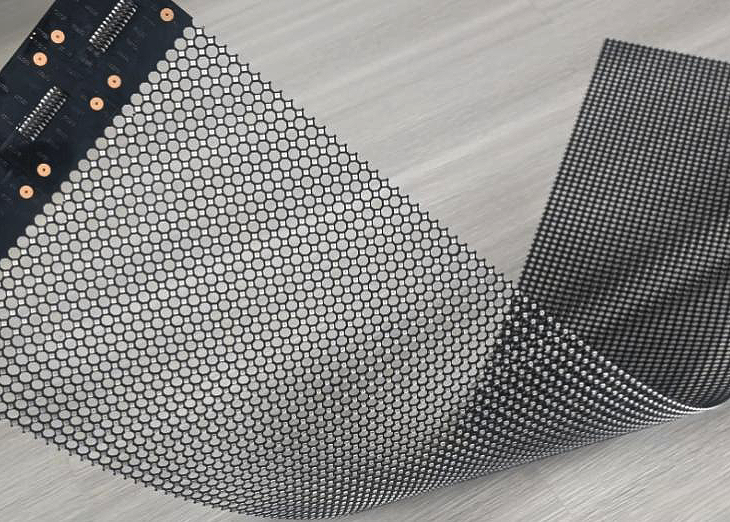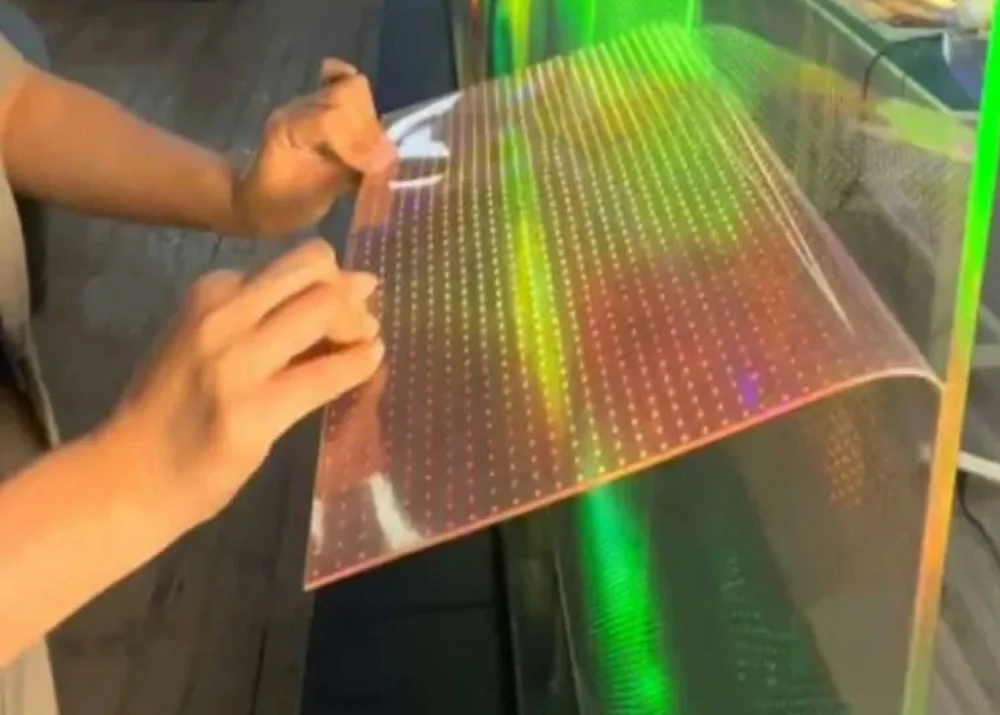Tempered glass is widely used in malls, supermarkets, buildings, offices, and other public places. Using tempered glass for decoration not only brightens the space but also enhances its modern look. With the continuous development and progress of society, ordinary glass decorations can no longer meet consumers’ aesthetic needs. Nowadays, aesthetics not only focus on spatial beauty but also on spiritual appreciation. As a result, many engineers, integrators, and merchants have raised questions about how to transform ordinary glass into digital glass. So, is it possible to turn ordinary glass into digital glass?
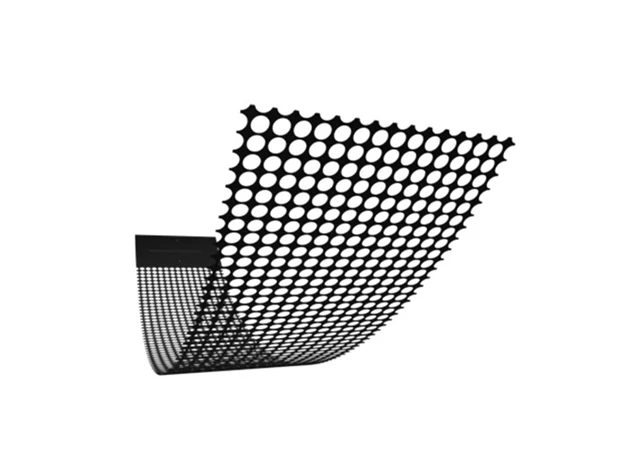
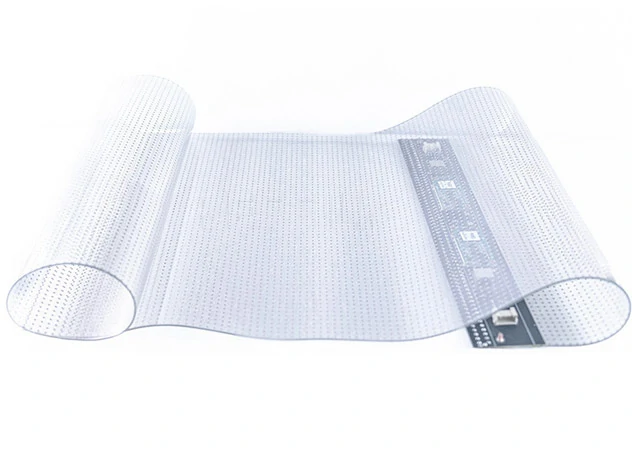
Today, this is no longer an issue. Simply attach an LED crystal film screen or an LED holographic screen to the surface of ordinary glass, and it instantly becomes digital glass. Since both LED crystal film screens and LED holographic screens can transform ordinary glass into digital glass, which one should you choose? I suggest you continue reading to understand the differences between LED crystal film screens and LED holographic screens before making a decision.
1. Conceptual Difference
An LED holographic transparent screen uses LED technology to create a grid-like hollow structure that achieves a transparent display effect. A flexible LED crystal film screen is made using bare chip bonding technology, fixing components onto a transparent flexible film etched with mesh circuits, resulting in a display that can be cut, curved, and has high light transmittance.
2. Technical Difference
The LED holographic transparent screen uses LED technology, with a grid-like hollow, frameless design to achieve transparency. Holographic display technology presents 3D images realistically through the principles of phase difference and light wave interference. The LED crystal film screen uses bare chip bonding technology with transparent film etched with mesh circuits, followed by vacuum sealing. Its production process is relatively complex.
3. Display Effect
The LED holographic transparent screen can produce a strong 3D floating and immersive effect, with a visual distance similar to the LED crystal film screen. The LED crystal film screen provides detailed images using chips as display units, but its brightness does not reach the level of the LED holographic screen. Therefore, the LED holographic transparent screen is more suitable for displays, window advertisements, and educational applications.
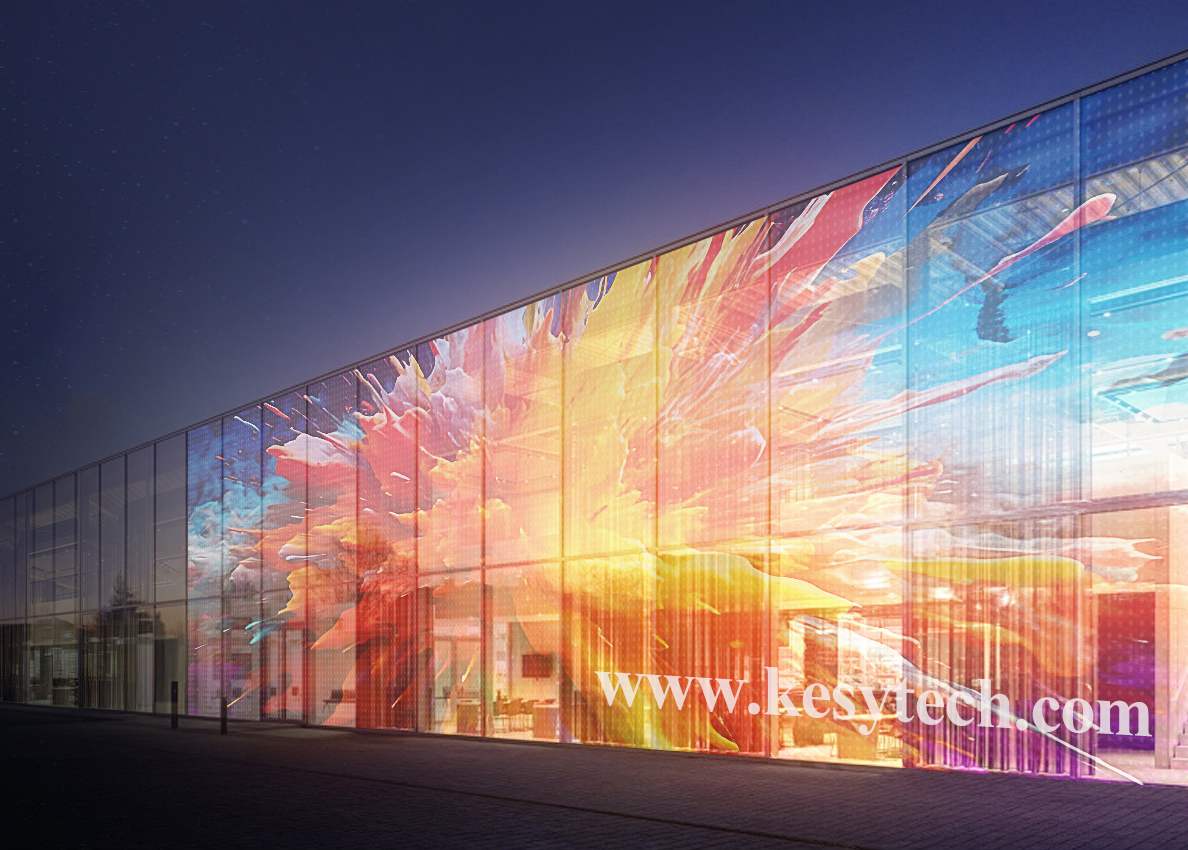

4. Transparency Difference
The LED holographic transparent screen can achieve 80% transparency with a pixel pitch of P3.91 and up to 90% with a pixel pitch of P6.25. In contrast, the LED crystal film screen has the highest transparency, with up to 95% light transmittance, which the LED holographic transparent screen cannot match.
5. Flexibility Difference
The LED holographic transparent screen is lightweight and aesthetically pleasing, with a thickness of less than 2MM and a weight of only 6KG per square meter. It can be bent, cut, and flexibly used like a large “film.” In comparison, the LED crystal film screen has better flexibility, though the LED holographic screen can bend, its flexibility is not as good as the LED crystal film screen.
6. Production Cost
The LED holographic transparent screen uses a frameless design, creating a grid-like hollow structure with LED technology to achieve a transparent effect. In contrast, the LED crystal film screen also uses LED as a light source, applying LED particles to the film to achieve a transparent display effect, but its cost is much higher than the LED holographic screen.
7. Installation Difference
There is no significant difference in the installation methods between the LED holographic screen and the LED crystal film screen. Both use a frameless structure and can be directly attached to the glass by removing the adhesive film on the back. The difference is that the adhesive on the back of the LED crystal film screen can be removed and reapplied multiple times, whereas the LED holographic screen cannot be removed and reapplied as easily due to its lower flexibility. However, if the installation is incorrect, it can still be removed with caution.
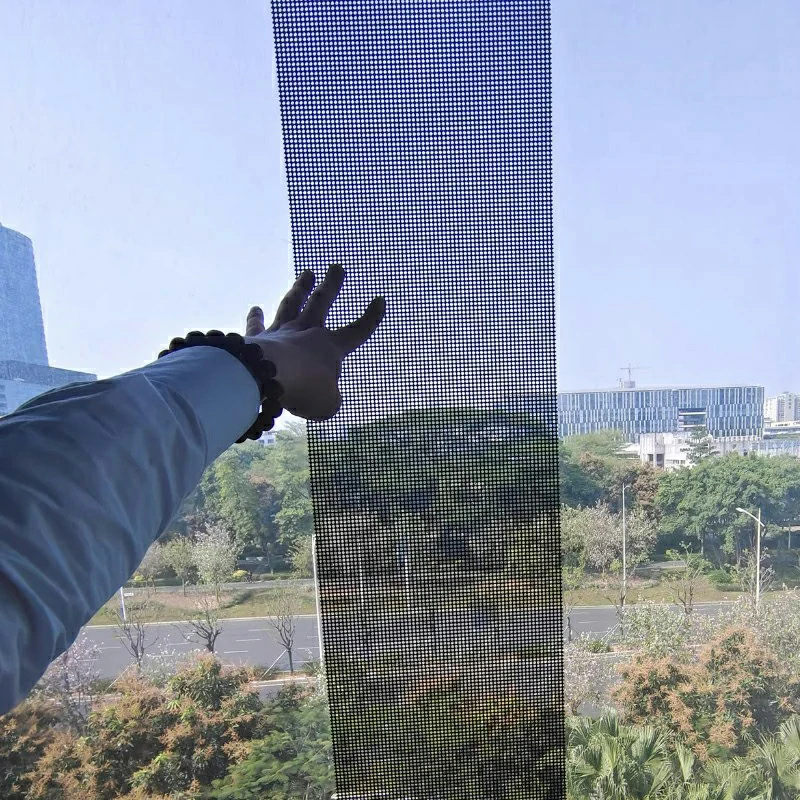
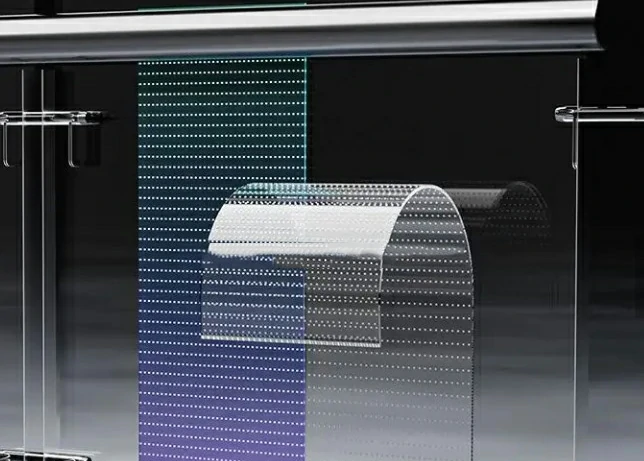
8. Application Scenarios
The P6.25 LED holographic screen has high brightness and heat resistance, making it suitable for window displays and places that require 3D images. The P3.91 LED holographic screen has a smaller pixel pitch and heat resistance but insufficient brightness for window displays. The LED crystal film screen, although bright enough, is not heat-resistant and is only suitable for indoor high-transparency applications, such as glass curtain walls and partitions.
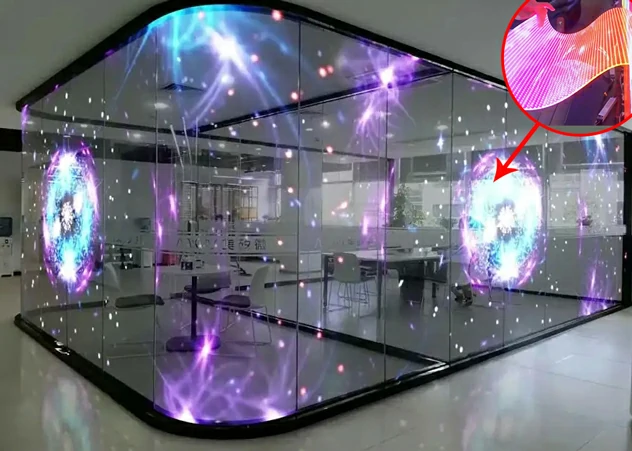


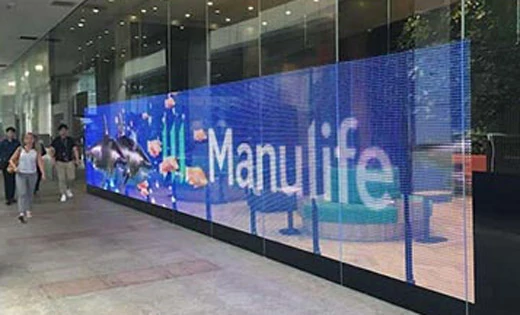
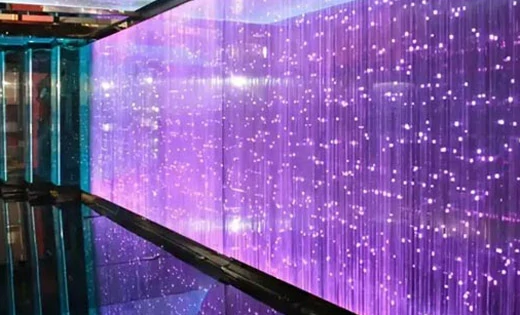
Based on the detailed comparison above, you should now have a clear understanding of the differences between the two types of transparent screens. Your choice should depend on your specific scenario. From a cost perspective, I personally favor the LED holographic screen. If you have any further questions, feel free to contact me via email!

